A thousand-year-old canal network of more than 24,000 km long brings water from the mountains to the farmland below, helping farmers in drought-stricken areas replant fruit trees.
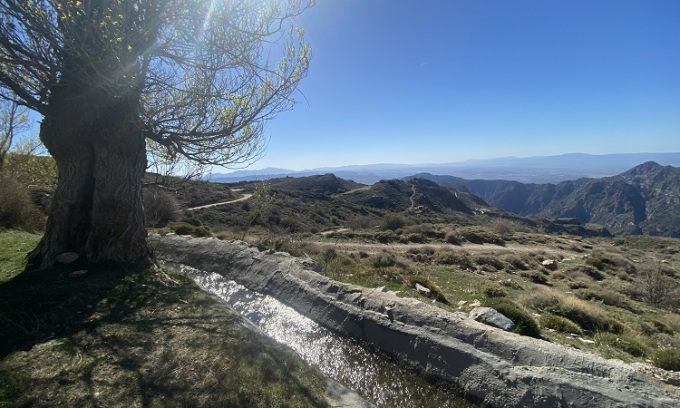
An irrigation canal in Andalusia. Photo: The World
A chain of more than 24,000 kilometers of canals that run through the mountains of Spain is being renovated as a low-cost way to irrigate crops during periods of increased heat and drought. The Moorish irrigation network brought snowmelt down from the mountains and distributed it to the land below, according to Business Insider .
Experts say this ancient solution would have helped carry water across Spain’s arid landscape and kept farming practices alive. The only problem is that few people know how the canal system works. As Spain moves toward a more reservoir-based agricultural model and more people move from rural areas to cities, the number of people who know about irrigation canals is dwindling. Few people know how to restore canals. Historians and preservationists are working together to restore the canal system and gain the necessary knowledge about how it worked.
Irrigation canals were built by the Moors between the 8th and 10th centuries in the Al-Andalus region of the Iberian Peninsula. The canal system was an innovative solution for transporting water, transforming the entire mountainous landscape. The Andalusian region of Spain has a Mediterranean climate with long summers and cold, dry winters. When the Moors introduced canals to Spain and used them to transport water more efficiently, they transformed the landscape. Today, the Andalusian provinces of Granada and Almeria are Spain's leading agricultural regions.
The canals collect water from melting snow and rain on the mountains. By diverting the water along the route, the snow can be slowed down and supplied to the land along the route. Without the irrigation canals, the snow would flow into dry lakes and rivers in the winter and the water cycle would be shorter.
The canal system also replenishes aquifers and feeds into streams and rivers down the mountain. As water flows through the canals, it moistens the soil and is stored in the bedrock until needed. This water not only irrigates crops, softens soil, and even fills the fountains of Andalusia.
However, in recent decades, irrigation canals have been abandoned in favor of industrial production. In the 1960s, Spain began prioritizing the use of reservoirs for agriculture. As rural populations moved to cities, the rural population declined by 28% in the past 50 years, causing an estimated 15-20% of irrigation canals to be abandoned. Over time, debris, rubble, grass, and other vegetation have grown across the canal beds. Temperatures have also risen in Spain, devastating agricultural land. Rising temperatures combined with industrial farming have left many areas barren as water is diverted to larger, more profitable farms.
In response to a severe drought, farmers, volunteers and researchers in Spain are working together to revive an irrigation canal system. Armed with garden tools and shovels, groups of volunteers are helping to bring water back to the drought-stricken area. Thanks to the restored canals, farmers can resume growing fruit.
An Khang (According to Business Insider )
v
Source link









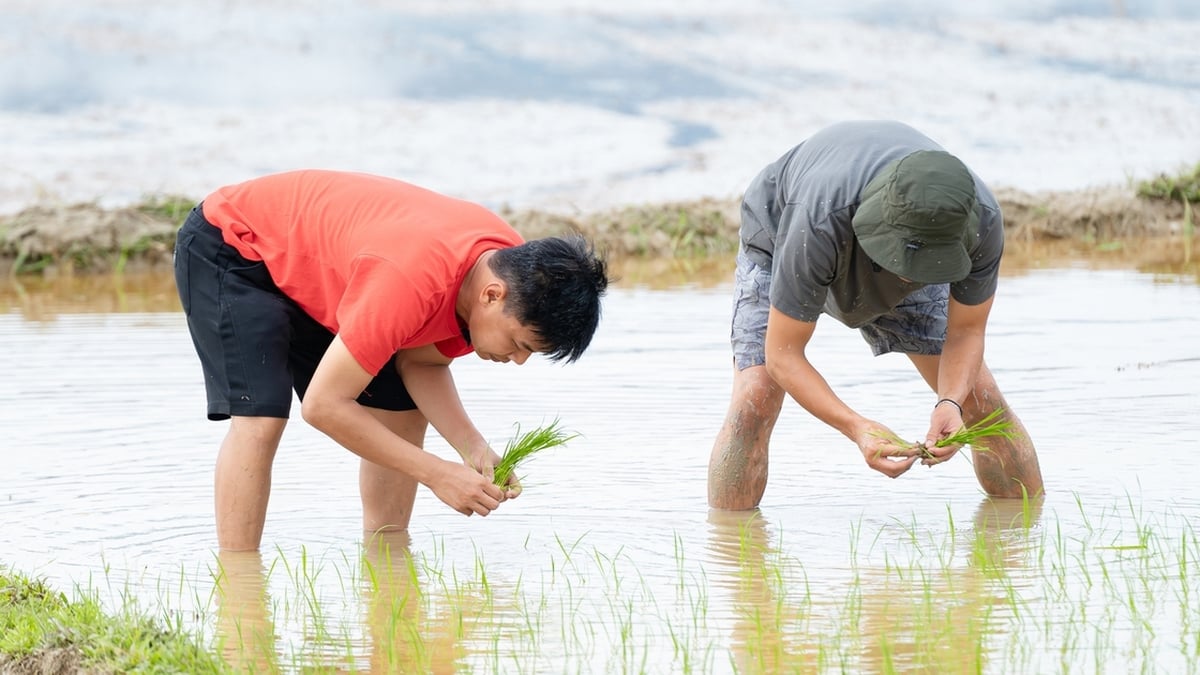





















![[Photo] National Assembly Chairman attends the seminar "Building and operating an international financial center and recommendations for Vietnam"](https://vphoto.vietnam.vn/thumb/1200x675/vietnam/resource/IMAGE/2025/7/28/76393436936e457db31ec84433289f72)




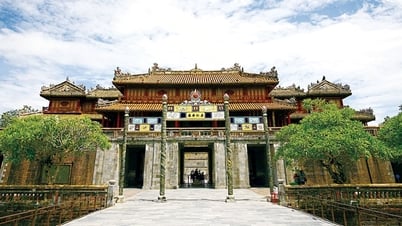





























































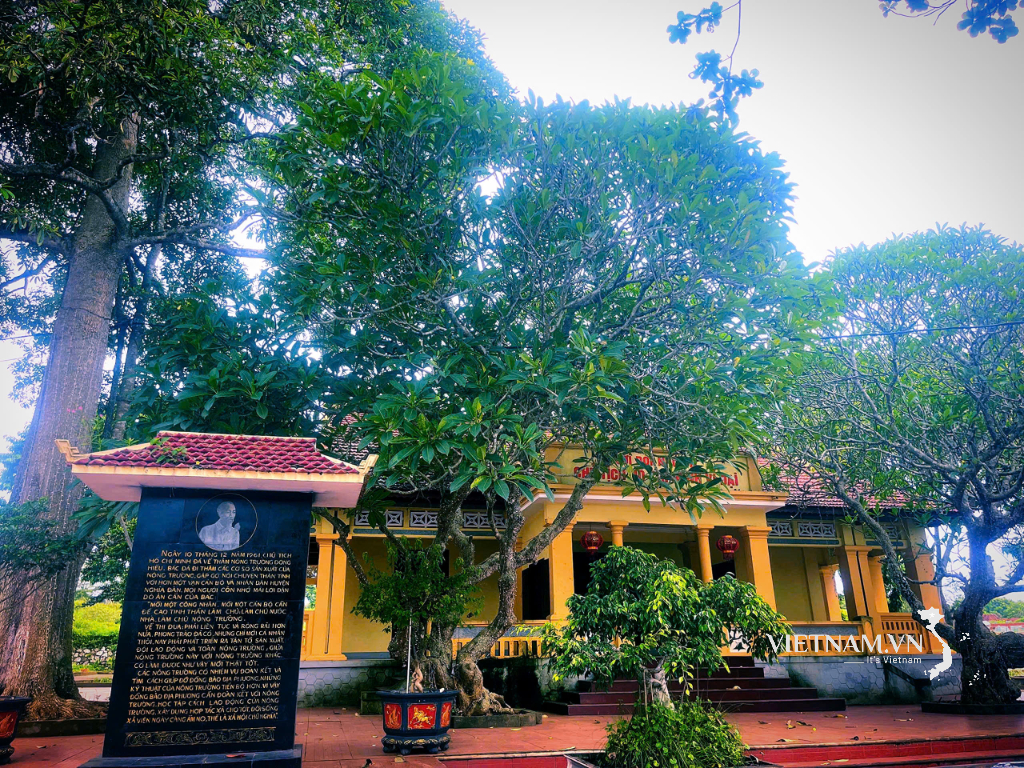

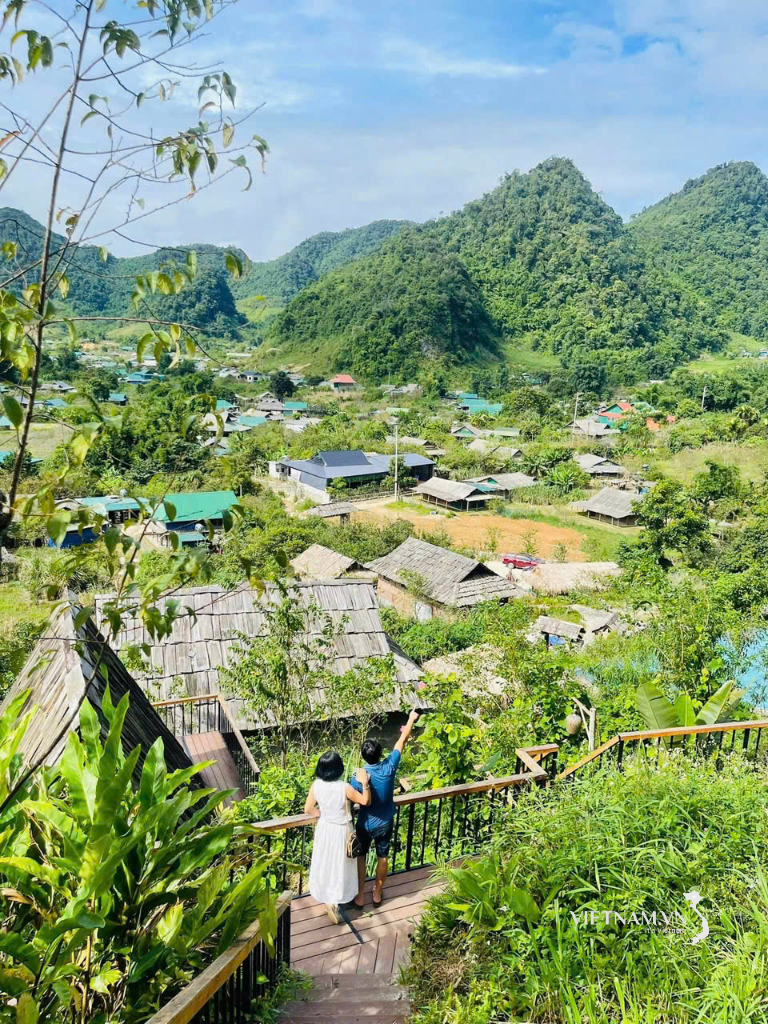
Comment (0)